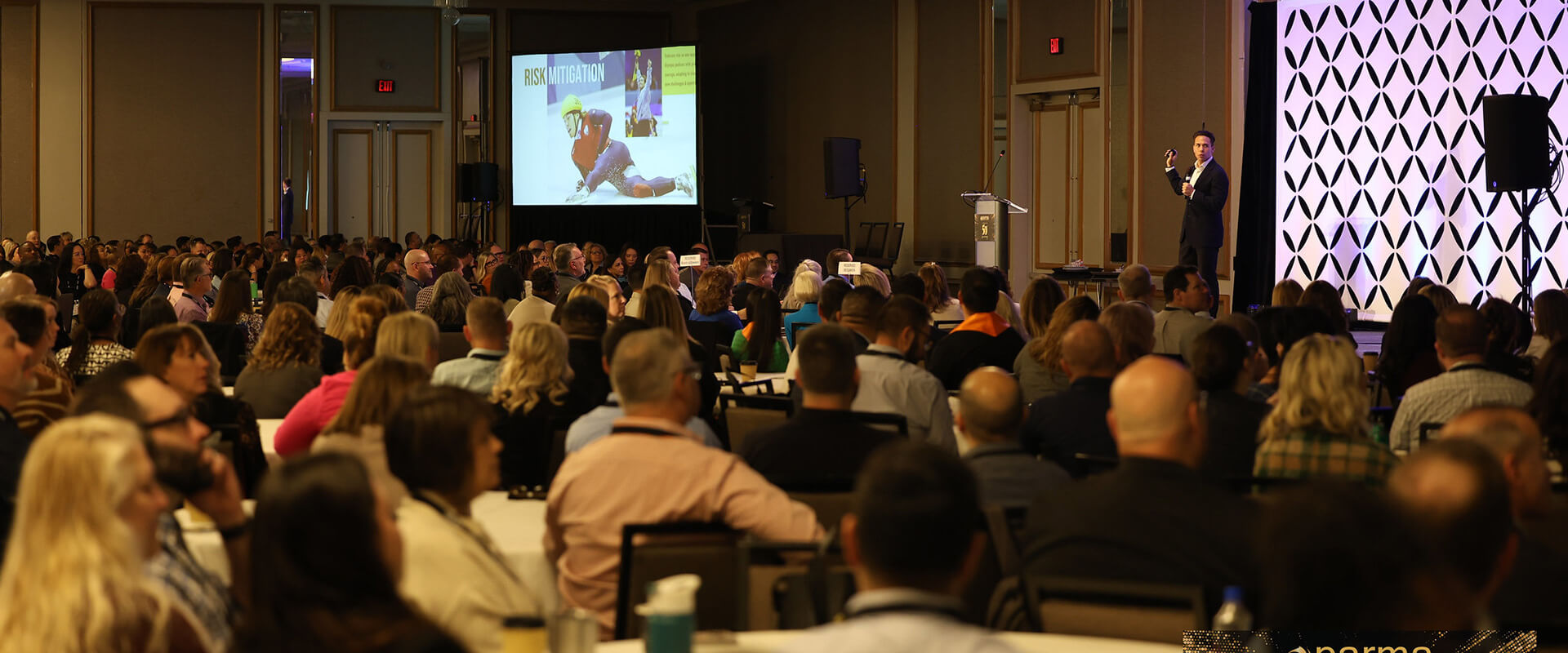There’s an old chestnut about infrastructure that goes, Infrastructure is everything you don’t notice—until it fails. It’s a definition that works for any kind of infrastructure, too: big or small, visible or invisible, bridges and garage doors, electric grids and Wi-Fi routers. Infrastructure is everything you take for granted. And you only notice that you take it for granted when it breaks.
Lately, a lot of things have broken. In two incidents over the past two days, hundreds of people were injured or killed: An elevated-highway bridge collapsed in Genoa, Italy, and a pier gave out in Vigo, Spain, during a music festival. The consequences are harrowing. In Genoa, cars dropped 150 feet to the earth as a span of the bridge fell underneath them. In Vigo, concertgoers were plunged into the sea, piled atop one another, when the boardwalk gave out.
It’s too early to know for certain what the causes were of the two collapses, but “structural problems” were suspected at the Spanish boardwalk, and “signs of problems” had been observed on the Italian bridge. Those factors invoke concerns about general infrastructural decline caused by deferred maintenance (usually from lack of funding). That’s a familiar story everywhere. In the early-20th century, many structures were overengineered to hold massive loads. But as civil engineering matured, and as demand for structures increased, the profession designed structures to be safe, but also quick to erect economically. Eventually, those compromises would come home to roost. In 2007, a highway bridge in Minneapolis collapsed, killing or injuring hundreds. But even a decade later, the nation’s “aging infrastructure” remained, mostly having become a political talking point rather than a program for renewal.










